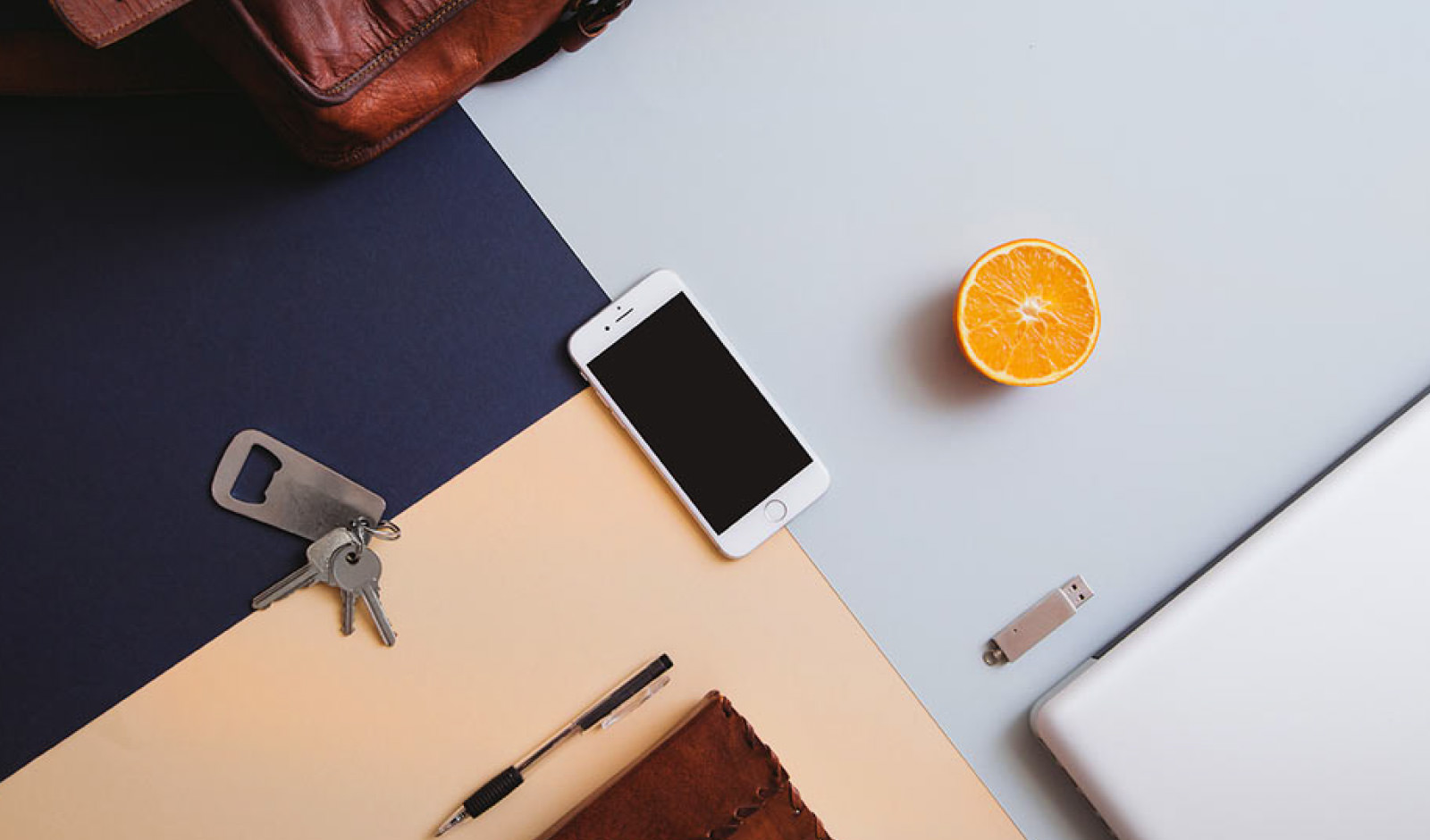
8 Tips for Optimising Your Mobile Site Design
As of 2014, mobile overtook desktop as the primary device society is using to access the internet. Today, that number is still going up, up and up. In a time where speedy internet and instantaneous response times are paramount to users across the board, mobile site experience and page load speed are becoming major factors in online conversion rates.
We all know you can’t build a reliable house without strong foundations. Just like the physical world, this rule applies to the digital world as well. In this two part series, we’ll look at what you can do to boost your conversion rates online in two ways:
- Improving the mobile site user experience by auditing and improving your mobile site design & functionality
- Improving your site speed
8 Tips for Optimising Your Mobile Site Design
Be responsive
Responsive design is Google’s recommended design pattern, using the same html code regardless of device. Responsive sites boast superior SEO benefits compared to separate sites or dynamic server sites, and creates a similar experience for users across all device platforms.
Opt for the ‘less is more’ approach
Too much clutter can hinder your site’s load speed, and also be distracting for the user.
Screens on mobile devices are a lot smaller than your desktop computer; all of those paragraphs of text that fit nicely across your bigger screen translate to A LOT of scrolling on a mobile device. Consider minimising your content, but make sure to keep any essential copy, and of course a strong call-to-action. Some other quick tricks are:
- Keep your menu short, with distinct categories, making it easier to navigate
- Use your Logo in the header as a link to your home page
- Have only 1 or 2 prominent call-to-actions per page
Size matters
Remember most mobile user’s mouse is their thumb or finger, so make sure your site is completely usable with just one digit and no zooming required for easy viewing. Make your targets and buttons easily selectable. Visually, make them POP so they stand out, and functionally, give at least 15-20mm (45 or so pixels) of space for selection areas.
Font size
Legibility is an important element of your mobile site design. The ideal font size really comes down to what font you’re using, but 14px is a safe option if you’re unfamiliar with site design.
Make it easy for users to contact you
The easier it is for users to access information and take action, the more conversions will be successful. Depending what’s relevant for your business, ideal items to include as easy-access links are:
- Phone
- Book now
- Business location
- Opening hours
When possible, opt for swapping text links with icons i.e. switch your phone number for a phone icon. This will save space, declutter your page and make it more visually interesting as well.
Use media queries to reduce image size and consider removing heavy resources
On average, mobile internet connectivity is worse off than desktop devices, which means a website will usually take longer to load. Consider stripping heavy resources from your mobile site, such as long videos, and use media queries to swap your desktop-quality images for smaller, low-res versions when viewing on a mobile device. These steps can heavily reduce the size of your web page, thus meaning a much faster page load!
Don’t remove all of your video content
Consumers on mobile devices are three times more likely to watch video content than on laptop or desktop, and current trends are showing big results coming through for this type of media. Ensure you’re using HTML5 so your video will display correctly across the majority of devices, and make sure it’s a lightweight resource, so your page speed isn’t affected too much.
Forms functionality
Request the minimum amount of information you need to contact, or convert, a lead. Leverage in-built phone technology to improve usability of your forms for fields such as dropdown selection. If possible, pre-populate fields using geolocation or if their data is saved in their browser cache. Some other examples are:
- Offer users a number pad for fields requiring number entry
- Automatically advance them through form fields as they input information
- Offer date selection with a visual calendar
- Validate errors in real time to let them know there is a problem before they continue on with the form, or try to submit
- Provide a visual progress bar for multi-part forms
Commerce and Conversions
There’s a wealth of opportunity when it comes to commerce conversion – 80% of internet users search for products on their smartphones. Make sure your shopping process is succinct and seamless, and always remember to K.I.S.S (Keep It Simple, Stupid). Some actionable examples are:
If user’s need to input complex or extensive information, provide a click-to-call button in case they would rather speak with someone over the phone.
Mobile users may be researching to convert later on, so offer a simple way to resume their journey on another device via an email link, social sharing or save to cart etc.
Leverage in-built smartphone technology to improve the usability of your shopping cart processing.
Test, test and test again
Last but definitely not least, test your mobile site on different operating systems and devices.
If your mobile site needs work, if you’d like help auditing your design or improving your site speed, talk to us today.
